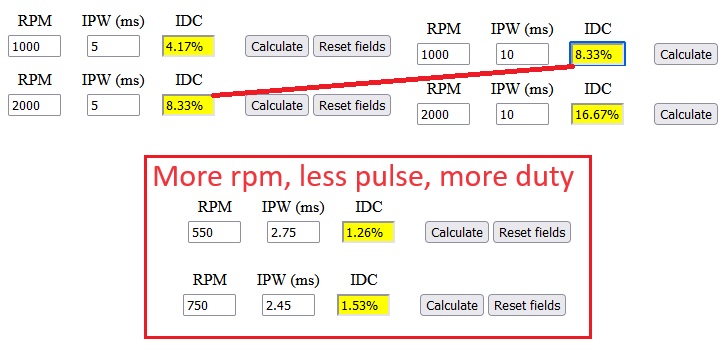And we use duty cycle when verifying that the injectors can keep up with fuel demand.
Sometimes, the heat energy isn't lost, but recaptured and put to work. Catalytic converters capture the heat in order to enable their conversion reactions. Heater cores allow us to stay comfortable when it's cold out. And turbochargers recapture some of that heat energy and turn it back into kinetic energy.
I'm curious what you're referring to here? Exhaust pulse scavenging?





 Reply With Quote
Reply With Quote
 Scanner in fact calls them graphs, but they are histograms. Counts, frequency of data, are included, and the data set is continuous. Really, the terminology is irrelevant to the results.
Scanner in fact calls them graphs, but they are histograms. Counts, frequency of data, are included, and the data set is continuous. Really, the terminology is irrelevant to the results.